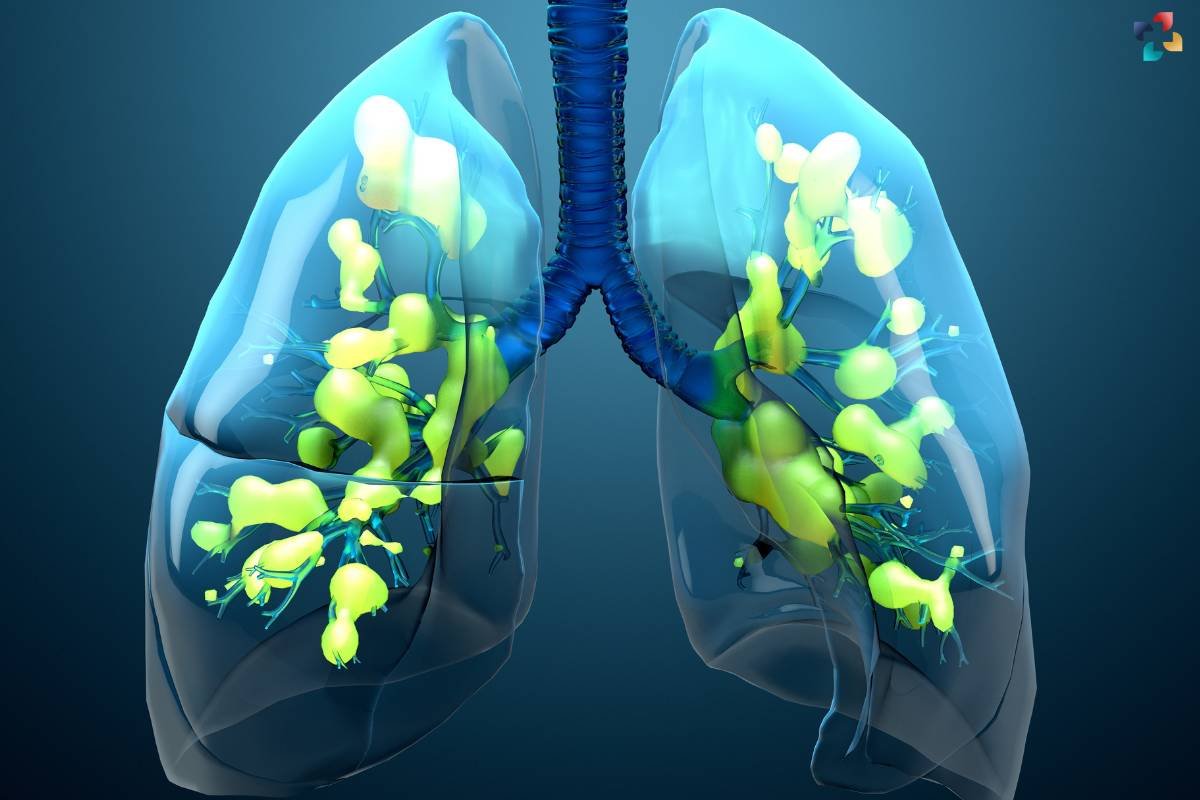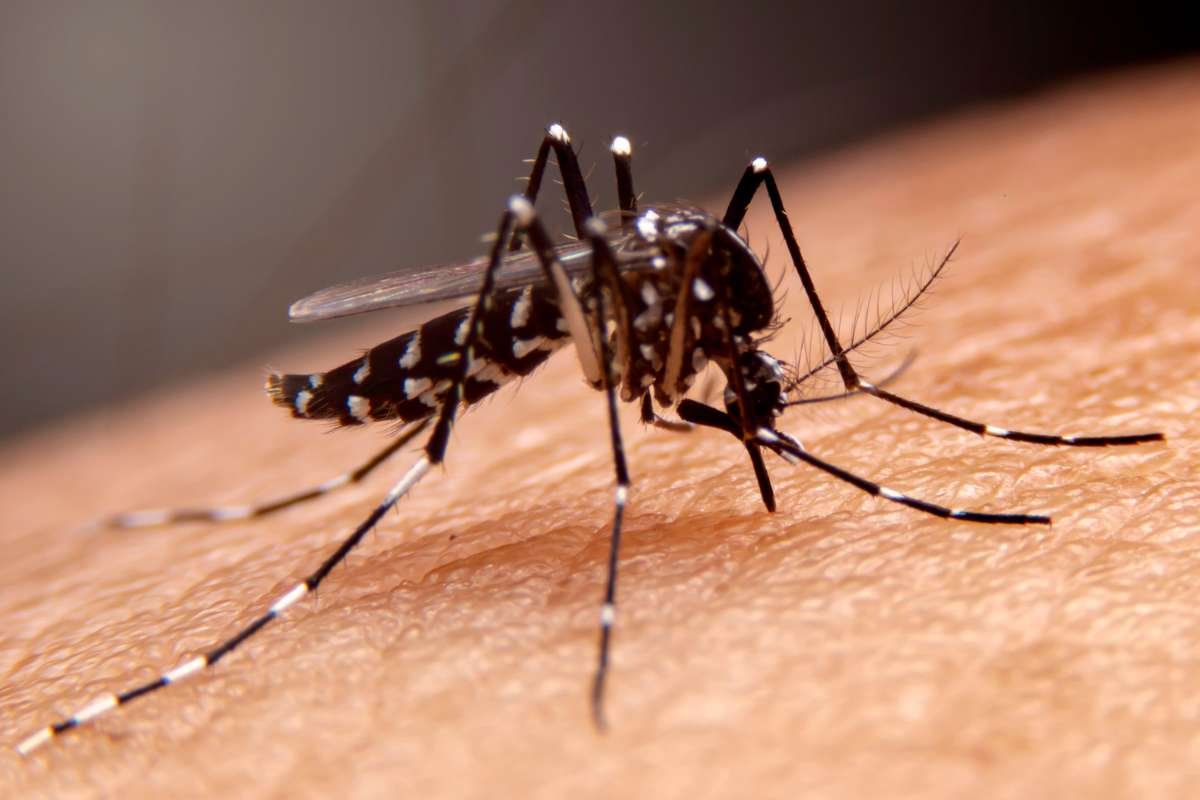Table of Contents
An uncommon genetic illness with characteristic physical traits, intellectual difficulties, and developmental delays is Cri du Chat Syndrome, sometimes referred to as 5p syndrome. It affects roughly 1 in 20,000 to 50,000 live births globally. The name is derived from the French phrase meaning “cry of the cat,” which refers to the high-pitched wail akin to a cat’s that is commonly heard in affected infants. We will examine the causes, signs, diagnosis, and treatment of Cri du Chat syndrome in this post, offering insightful information to those who are impacted, their families, and medical experts.
Understanding Cri du Chat Syndrome:
Cri du Chat Syndrome is caused by the deletion of a portion of chromosome 5, known as 5p deletion or 5p- Syndrome. This deletion typically occurs randomly during the formation of reproductive cells or early fetal development and is not inherited from parents. The size of the deleted portion of chromosome 5 can vary, leading to a range of clinical manifestations and severity of symptoms among affected individuals.
The deletion of chromosome 5 disrupts normal development and can result in a wide spectrum of physical and cognitive impairments. Common features of Cri du Chat Syndrome include a distinctive high-pitched cry resembling a cat’s meow, facial abnormalities such as a round face, low-set ears, and microcephaly. Additionally, individuals with this syndrome often experience developmental delays, intellectual disabilities, and behavioral challenges. While the severity of symptoms may vary, early diagnosis and intervention are crucial for optimizing outcomes and providing appropriate support and resources for individuals and families affected by Cri du Chat Syndrome.

Symptoms and Clinical Features:
Cri du Chat Syndrome, also known as 5p- Syndrome, is a rare genetic disorder characterized by a unique set of physical and developmental features. The most notable hallmark of Cri du Chat Syndrome is the distinctive high-pitched cry, often likened to the sound of a cat’s meow, which is typically present at birth. This cry is a result of abnormalities in the larynx and vocal cords, leading to a unique vocalization pattern that distinguishes affected infants from others.
Alongside the distinctive cry, individuals with Cri du Chat Syndrome often exhibit various physical abnormalities. These may include microcephaly, characterized by a smaller-than-average head size, and facial features such as a round face, wide-set eyes, low-set ears, and a small jaw. These facial characteristics contribute to the recognizable appearance associated with the syndrome and may aid in its diagnosis.
Developmental delays are also common in individuals with Cri du Chat Syndrome, affecting motor skills, speech, and cognitive abilities. Hypotonia, or low muscle tone, is frequently observed, leading to poor coordination and delays in achieving developmental milestones such as sitting, crawling, and walking. Additionally, behavioral issues such as hyperactivity, aggression, and self-injurious behavior may manifest, presenting challenges for individuals with the syndrome and their caregivers.
Speech and language delays are prevalent among individuals with Cri du Chat Syndrome, with some being nonverbal or having limited speech abilities. Intellectual disabilities ranging from mild to severe are also common, impacting learning and academic achievement. Furthermore, individuals with the syndrome may experience hearing loss, vision problems, and structural abnormalities such as congenital heart defects.

It is important to note that the severity and combination of symptoms can vary widely among individuals with Cri du Chat Syndrome. While some may exhibit mild symptoms and lead relatively independent lives with appropriate support, others may require more intensive medical care and assistance with daily activities. Early intervention, including speech therapy, physical therapy, and educational support, can help mitigate the effects of the syndrome and improve outcomes for affected individuals. Additionally, ongoing medical monitoring and support from a multidisciplinary healthcare team are essential to address the unique needs and challenges associated with Cri du Chat Syndrome throughout the lifespan.
- Microcephaly (small head size)
- Facial abnormalities, such as a round face, wide-set eyes, low-set ears, and a small jaw
- Developmental delays in motor skills, speech, and cognitive abilities
- Hypotonia (low muscle tone) and poor coordination
- Behavioral issues, including hyperactivity, aggression, and self-injurious behavior
- Speech and language delays, with some individuals being nonverbal or having limited speech abilities
- Intellectual disabilities ranging from mild to severe
- Hearing loss and vision problems
- Congenital heart defects and other structural abnormalities
Diagnosis and Genetic Testing:
The diagnosis of Cri du Chat Syndrome is typically based on clinical features, such as the characteristic cry and physical abnormalities, along with genetic testing to confirm the presence of a deletion on chromosome 5. Chromosomal microarray analysis (CMA) and fluorescence in situ hybridization (FISH) are commonly used genetic tests to identify the 5p deletion.
Management and Treatment:
There is no cure for Cri du Chat Syndrome, and treatment focuses on managing symptoms, addressing developmental delays, and providing supportive care to improve quality of life. Early intervention services, including physical therapy, occupational therapy, speech therapy, and special education, play a crucial role in maximizing developmental outcomes and helping affected individuals reach their full potential. Additionally, medical interventions may be required to address associated health issues, such as congenital heart defects, hearing loss, and vision problems.
Support and Resources:
Living with Cri du Chat Syndrome can present challenges for affected individuals and their families, but support and resources are available to help navigate the journey. Supportive services, such as parent support groups, genetic counseling, and specialized educational programs, can provide valuable assistance and guidance to families coping with the demands of Cri du Chat Syndrome. Additionally, advocacy organizations and online communities offer information, resources, and a sense of community for individuals and families affected by rare genetic disorders like Cri du Chat Syndrome.
Conclusion:
An uncommon genetic condition known as Cri du Chat syndrome is typified by unusual physical characteristics, developmental delays, and intellectual impairments. Cri du Chat Syndrome has no known cure, but early intervention, supportive care, and access to specialized resources can help affected people live better and achieve better results. Together, we can empower and advocate for those who are impacted by Cri du Chat Syndrome by increasing awareness, encouraging research, and offering support to affected individuals and families.
FAQs
1. What causes Cri du Chat Syndrome?

Cri du Chat Syndrome is caused by the deletion of a portion of chromosome 5, known as 5p deletion or 5p- Syndrome. This deletion typically occurs randomly during the formation of reproductive cells or early fetal development and is not inherited from parents.
2. How common is Cri du Chat Syndrome?
Cri du Chat Syndrome is considered a rare genetic disorder, with an estimated incidence of 1 in 15,000 to 1 in 50,000 live births. However, the actual prevalence may be higher due to underdiagnosis or misdiagnosis.
3. What are the hallmark features of Cri du Chat Syndrome?
The hallmark features of Cri du Chat Syndrome include a distinctive high-pitched cry resembling a cat’s meow, microcephaly (small head size), facial abnormalities, developmental delays, hypotonia (low muscle tone), and intellectual disabilities.
4. Can Cri du Chat Syndrome be inherited?
Cri du Chat Syndrome is typically not inherited from parents and usually occurs sporadically due to a random deletion of chromosome 5. However, in rare cases, individuals may inherit the deletion from a parent who carries a balanced chromosomal translocation involving chromosome 5.
5. How is Cri du Chat Syndrome diagnosed?
Cri du Chat Syndrome is often diagnosed based on clinical features and confirmed through genetic testing, such as chromosomal analysis or fluorescent in situ hybridization (FISH) testing. Prenatal testing may also be available for at-risk pregnancies or families with a history of the syndrome.

Dry Mouth and Eyes? Could It Be Sjögren’s Syndrome?
Are you commonly facing the issue of dry mouth and eyes? There are chances that you might have Sjögren’s Syndrome. This is an autoimmune disorder, and is relatively uncommon among individuals.







